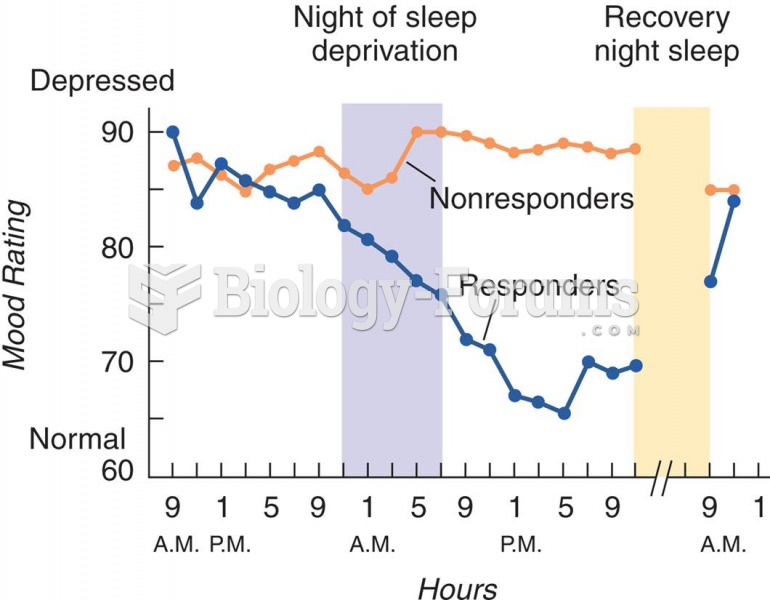Answer to Question 1
Answer: Older adults require about as much total sleep as younger adults: around seven hours per night. Yet as people age, they have more difficulty falling asleep, staying asleep, and sleeping deeply. Insomnia affects about half of older adults. The timing of sleep tends to change as well, toward earlier bedtime and earlier morning wakening. Changes in brain structures controlling sleep and higher levels of stress hormones in the bloodstream, which have an alerting effect on the central nervous system, are believed to be responsible. Until age 70 or 80, men experience more sleep disturbances than women, for several reasons. First, enlargement of the prostate gland, which occurs in almost all aging men, constricts the urethra (the tube draining the bladder) and leads to a need to urinate more often, including during the night. Second, menespecially those who are overweight and use alcohol heavilyare more prone to sleep apnea, a condition in which breathing ceases for 10 seconds or longer, resulting in many brief awakenings. An estimated 45 percent of older adults are affected. Insomnia in older adults is of special concern because it increases the risk of falls and cognitive impairments. Those who are poor sleepers more often report slower reaction times and attention and memory difficulties.
Answer to Question 2
Answer: The majority of people age 65 and older are capable of living active, independent lives, but with age, growing numbers need assistance. After age 75, about 9 percent of Americans have difficulty carrying out activities of daily living (ADLs)basic self-care tasks required to live on ones own, such as bathing, dressing, getting in and out of bed or a chair, or eating. And about 17 percent cannot carry out instrumental activities of daily living (IADLs)tasks necessary to conduct the business of daily life and also requiring some cognitive competence, such as telephoning, shopping, food preparation, housekeeping, and paying bills. The proportion of older adults with these limitations rises sharply with age.







